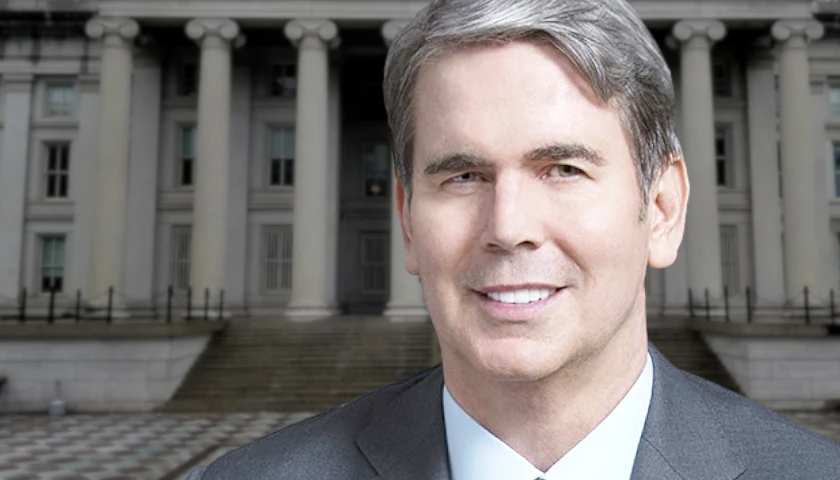by Patrice Onwuka
My family moved to the United States from the Caribbean in 1985. About eight years later, my parents saved enough to purchase a two-family home in the quiet outskirts of Boston far away from our crime-ridden neighborhood. As landlords, my parents charged modest rents—enough to “help with the mortgage”—and ensured that the first-floor apartment was always well maintained for our tenants.
Three decades later, I am a landlady. I charge market rent prices to cover the mortgage, HOA fees, local property taxes, landscaping, maintenance fees, and other operating expenses. Some 44% of landlords are women. They seek financial security and to build generational wealth.
The argument that landlord “greed” warrants government intervention in private property contracts is specious. Months’ worth of modest profits can easily be wiped out by a broken water heater, tree removal, or roof replacement—situations I have dealt with.
Troublingly, the failed retro housing policy of rent control is experiencing a revival led by liberal activists, lawmakers, and regulators. Recently, 17 Democratic U.S. senators asked the Federal Housing Finance Agency (FHFA) to limit rent hikes on Fannie Mae- and Freddie Mac-backed multifamily properties.
From Los Angeles County, California, to Montgomery County, Maryland, cities and states are imposing or strengthening rent control policies.
It’s indisputable that rental costs are rising rapidly. National rental costs rose 8% in August year-over-year. This is up from 6.7% in 2022 and just 2.1% in 2021. However, prices for the services that landlords pay have also accelerated, forcing them to pass along those cost increases to tenants.
Rent control is not the solution to the lack of affordable housing; it creates more problems than it solves. The best way to reduce housing costs would be to increase the housing supply; sadly, rent control works against this.
Price controls restrict the supply of rental units, leaving renters with fewer options at higher prices. Rent control pushes mom-and-pop landlords, who own about 40% of the nation’s over 46 million rental properties, out of business. Most rentals are small (1-4 units) and managed directly by landlords. Finding tenants, performing routine maintenance, securing contractors, complying with local regulations, and many more responsibilities keep hands-on landlords busy.
The profit must outweigh the opportunity cost of owners’ time, operational costs, and investments; otherwise they will sell their properties. This occurred in the Boston area in 1970 when rent-controlled units were expanded nearby in Cambridge, MA. A tenth of rent-controlled units ended up being converted to for-sale condominiums. Meanwhile, uncontrolled rent prices surged.
Rent control also discourages the building of new rental housing. Although price control policies may exempt new construction, property investors reasonably fear that future policy changes could diminish their financial incentives. It’s not a coincidence that, following the lifting of rent control in Cambridge, residential property investment spiked. Building permits for improvements and new construction rose 20%, and permitted expenditures doubled.
Not all left-leaning policymakers want to revive rent control. The Seattle City Council recently rejected a proposal from an outgoing socialist council member to cap annual residential rent increases at the inflation rate. One council member explained, “the last thing that we should be doing during a housing affordability crisis is discouraging new housing production at any affordability level.”
I feel for low-income renters pressed by two years of high prices on essentials and living expenses. Limiting rental prices may appear to be financial relief. However, rental control experiments have led to unsavory outcomes: deteriorating properties, racial segregation, discrimination against younger renters and larger families, and greater income inequality. It’s hardly a policy success if renters in the top income quartile received more than twice the rent discount from market rates than renters in the bottom income quartile.
Our nation has a deficit in housing supply. Restrictive zoning and building policies have hampered the construction of new, much-needed housing. A blockbuster 2019 economic paper found that if New York, San Jose, and San Francisco had the permitting standards of Atlanta or Chicago, the U.S. would have millions more housing units today.
Landlords and tenants have something in common: they are both being squeezed by rising prices. Rent control’s promised financial relief for a few will come at the expense of quality housing and homeownership for the many—an outcome no one should live with.
– – –
Patrice Onwuka is the director of the Center for Economic Opportunity at Independent Women’s Forum.




